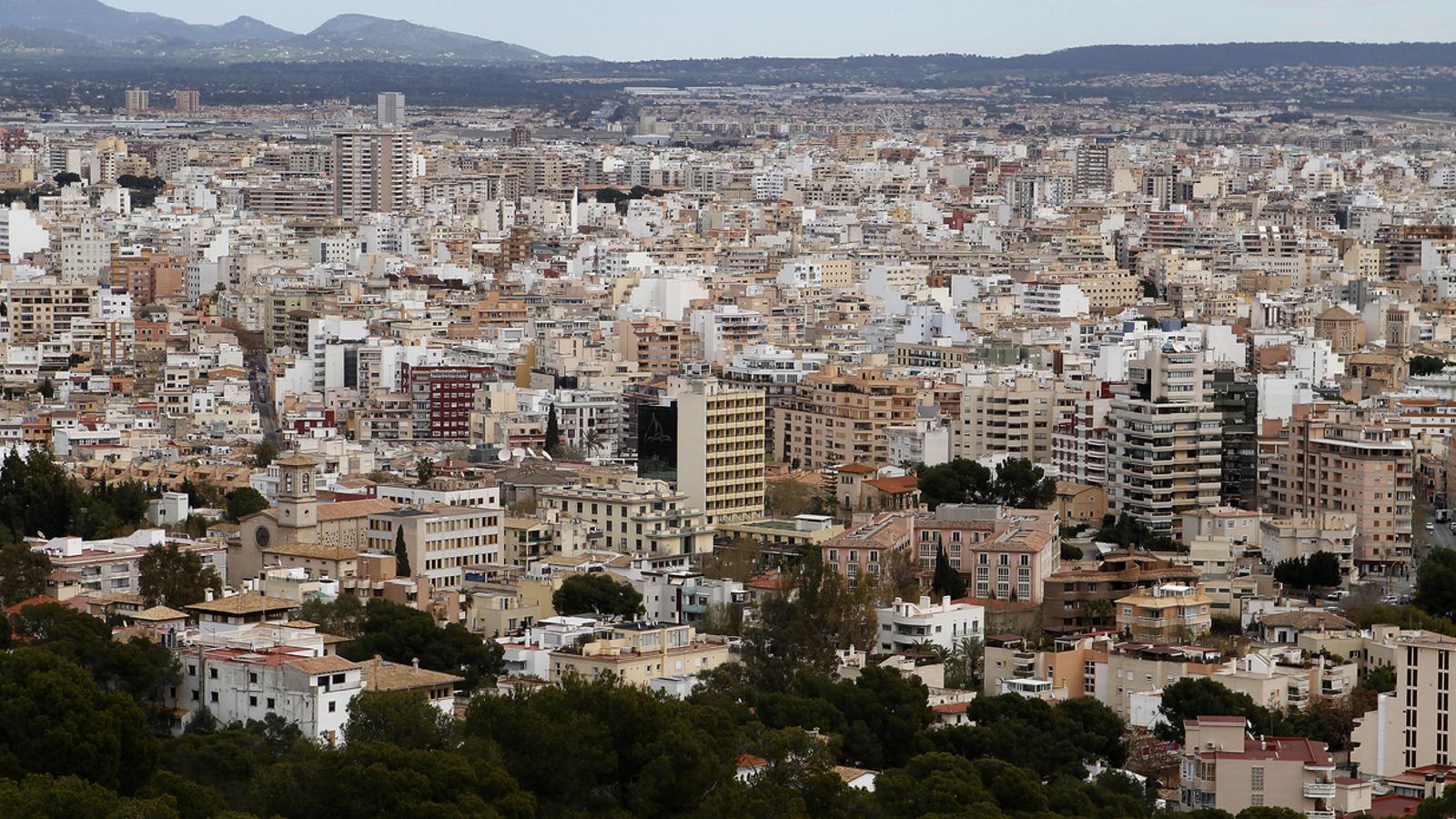Balearic citizens need two working lives to afford a home.
According to the report of the Economic and Social Council, 26% of the transactions carried out in 2024 were with foreigners.


PalmCitizens of the Balearic Islands need 60.8 years to buy a home, spending 30% of their salary, double the national average, according to Antoni Alcover, Secretary General of the Economic and Social Council (CES), during the presentation of the 2024 report. Last year, 26% of the average home purchase was made by foreigners. Rent prices in the Balearic Islands are the highest in Spain, with an increase of 3.9% compared to the previous year and 23.9% compared to 2015. Currently, 30% of the population lives in rented accommodation, the highest figure of all the autonomous communities.
According to the report, the Balearic Islands continue to consolidate their position as one of the most dynamic regions in Spain, with a GDP that has reached 40 billion euros, a growth of 3.4% compared to the previous year, exceeding the national average, as highlighted by the president of the CES, Francesc Fiol. This economic increase comes in an international context marked by uncertainty: elections in the US, trade conflicts with China and the war in Ukraine, factors that have not prevented the Autonomous Community from remaining resilient. The GDP per capita, which is the income received by families, also grew (+10.9%), reaching 34,381 euros.
Tourism remains the main driver of the Balearic Islands' economy. In 2024, the islands welcomed 18.7 million tourists, a 5% increase compared to the previous year. Tourist spending also saw a notable increase of 7%, exceeding €22 billion. The majority of visitors are foreigners (82%), with the average stay being five days, with an increase in the low season that allows the tourist season to extend beyond the traditional months. The Balearic Islands have the highest average hotel rate in Spain, at €145 per day, and tourists spend an average of €187 per person per day. 86% of tourists stay in hotels; 12% in tourist apartments; and 2% in rural accommodation. In total, 120 million stays (days) were recorded in 2024.
However, economic growth comes with significant structural challenges. Citizens spend approximately 30% of their disposable income on housing, a percentage that increases the time required to acquire a property to almost 61 years, well above the national average.
Growth of economic sectors
Regarding the economic sectors, the evolution is uneven: industry has regained strength after the rebound in 2021, with the production index rising from 100 to 106. Construction is growing by 3%, while services continue to expand thanks to tourism, with a diversification into high-value-added activities, according to Alcover. The primary sector is also growing, as evidenced by a 40% increase in jobs dedicated to it. Even so, it only represents 0.7% of the total labor supply.
The labor market is showing record numbers of workers (+3%) and a doubling of company creation compared to the previous year. However, the number of civil servants decreased by 3.4%. In the area of research and development, the Balearic Islands continue to lag behind, with only 0.48% of GDP invested in R&D and half the number of research personnel compared to the national average.
Other challenges include the energy transition, water resource management, and the pressure on the healthcare, education, and public infrastructure systems, especially due to tourism and mobility on the islands. The government is currently studying the demographic impact of tourism and the potential transformation of employment through automation and job restructuring, a study that could take a year and a half to complete.
Mallorca is gaining ground in Ibiza
Mallorca has established itself as the most economically dynamic island, while the traditionally more active Pitiusas (Pitiusas) show signs of change. Compared to 2014, the Gross Value Added (GVA) of the Pitiusas has increased by 37.1%, while that of Mallorca has increased by 27.2%; that of Menorca, by 24.7%, and the Balearic Islands average stood at 28.3%. However, if we look at the variation compared to 2023, Mallorca will increase by 4.4%; Ibiza, by 3.3%, and Menorca is significantly below: 1.5%. The regional average growth rate is 4.0%.
Despite the challenges, it has been indicated that the autonomous community maintains its position as a region with strong economic, tourism and social potential, with a population of 1,231,768 inhabitants (+21,682), 27.7% of whom are foreigners. 68.7% are between 16 and 64 years old; 14.6% are under 16, and 16.7% are over 65. Therefore, there are more late-adults than minors. All this in a context in which the number of births has been declining for years, reaching 8,768 in 2023, a far cry from the 11,918 recorded in 2007, in the midst of an economic boom and in full swing. boom real estate.
